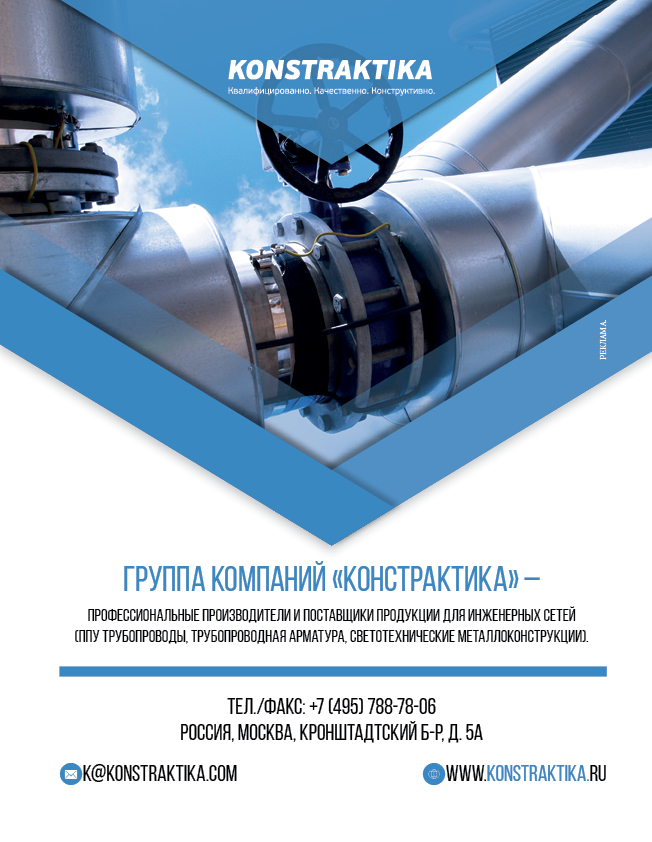We have already written about mutual funds (mutual investment fund), analyzing in detail the mechanism of their activity, but now it's time to talk about closed mutual funds.
ZPIF is a closed mutual investment fund, the sale of shares of which is carried out by the management company during the period of its formation and additional issuance.
Currently, this type of funds is the most widespread. First of all, it is of interest to large investors, since it is within its framework that the advantages of using mutual funds are manifested to the greatest extent.
Large investors, for various reasons, are faced with the need to transfer assets to trust management. The object of transfer to trust management, among other things, may be large real estate objects that bring rental income.
The issue of maintaining control, influencing the operational processes of management and confidentiality becomes sensitive for a wealthy investor.
The structure of a closed-end investment fund allows you to flexibly determine the nature of the disposal of assets and set control components in relation to real estate objects.
On the one hand, it is possible to control transactions and maintain influence at the level of the fund's management company. At present, combining the functions of a shareholder of a management company and a fund shareholder is not prohibited, but it is not always advisable due to operating costs for maintaining the company's activities as a legal entity.
On the other hand, it is possible to effectively control the activities of the fund at the level of the fundamental document that determines the conditions for investment - the Rules for Trust Management of the Fund.
Let us consider a description of some key conditions of the Rules for the Trust Management of a Closed-End Mutual Investment Fund (hereinafter referred to as the Rules of the Fund), which allow you to transfer property to a mutual investment fund on comfortable terms and control the investment process.
To the greatest extent, the considered needs correspond to closed-end funds for qualified investors. The fund's status for qualified investors makes it possible to exclude public dissemination of information about the activities of the fund and limit the disclosure of financial statements.
The Fund for Qualified Investors provides a number of additional benefits to reflect in detail the principles of trust management in the substantive part of the rules of the fund.
From the moment the formation of the unit fund is completed, the management company of the unit fund shall carry out trust management of the fund by performing any legal and actual actions in relation to the property constituting the fund, including by disposing of the said property.
The key condition for maintaining the active participation of the investor in transactions with the fund's property is the possibility of approval of the actions of the manager at the investment committee in a closed-end fund for qualified investors. The Investment Committee consists of investors or persons proposed by investors.It is necessary to rationally approach the definition of transactions and actions in relation to the property of the fund, which require approval by the investment committee. Excessive involvement of the investor in the approval of the entire range of transactions and actions may adversely affect the operational activity of the manager, including due to the need for mandatory documentation of the preparation, conduct and mandatory recording of decisions of the investment committee.
This issue requires a balanced approach.
For example, it would be reasonable for the investment committee to approve transactions for renting out premises, providing loans, and placing funds on deposits.
This will completely eliminate the risk of renting premises at reduced prices compared to market rates. A similar effect is achievable when working with deposits and loans.
Due to the balance of current legislation, a mutual fund may be an acceptable form of structuring the assets of a single investor. The problem of absolute preservation and protection of one object in the fund can be successfully solved by forming the fund of one object.The rules of the fund in order to achieve the stated goals must contain a specific address for the location of the real estate object. In this case, the transfer of other real estate objects to the fund will not be possible.
The rules of the fund may give the manager the right to refuse to accept applications from any person, with the exception of persons who have a pre-emptive right to purchase investment units in the process of additional issuance, namely the owner of investment units. This will make it possible to capitalize the fund as part of an additional issuance to the strictly current owner of investment units and block the emergence of third-party qualified investors.
Preservation of the main asset through passive control allows the use of special clauses in the rules of the fund. To do this, you can directly limit the right of the manager to alienate the asset, over the entire horizon of the fund management, with the exception of the period of termination of the unit fund. If necessary, directly establish a ban on the division, reconstruction of the property in order to preserve the original characteristics of the asset, at the time of transfer to a closed fund.
Increased attention deserves the magnitude and frequency of distribution of income. In the first place when determining the configuration of income - the wishes and real needs of the investor. It should be noted that the rules on the procedure for determining the amount of income to be distributed and the timing of payment are dispositive in nature and make it possible to comfortably take into account the reasonable wishes of the investor.
It's simple, if all profits must be reinvested. The absence of a section on the payment of income guarantees its reinvestment, minus fees and expenses.
In the case of priority of rental income over other types of income, the frequency of distribution may be monthly or quarterly.
If among the reasons for structuring a business by an investor in a mutual fund, including tax optimization in terms of income tax, then when fixing the rights to receive periodic income, one should be aware of a number of dependencies.
The payment of investment income involves the taxation of the said transfer. With frequent distribution of gross investment income, the effective rate of the income tax credit simply will not create an additional effect. The tax break simply won't keep up.
The amount of income can be determined equal to the amount constituting a certain percentage of the balances on a certain bank account of the fund or the amount of funds on all current accounts on a certain date. At the same time, the accuracy and consistency of determining on which account or accounts the investment income is determined is important.
The specified principle of determining the estimated amount of income allows you to flexibly exclude the distribution of income in the absence of the need for it to be received by the investor. In order to ensure a zero balance on the current account, the accumulated funds from the fund's current account can be transferred to a bank deposit or funds can be provided under a loan agreement. The considered approach allows the manager to provide "profitable holidays" at a certain and planned time interval of the fund's activity at the first request of the investor.
Target planning requires the issue of exit from the investment project. Closed-end funds assume a return on investment upon termination of the fund or in cases of changes in the operating conditions of the fund based on a decision of the general meeting of unit holders.In the above cases, this is accompanied by the full redemption of investment units.
The rules of a closed-end fund allow the inclusion of a condition on the partial redemption of investment units. Partial redemption of a share can be made in periods multiple of three months, and the number of redeemable shares is not more than 20 percent of the total number of issued investment shares.
This option allows for the planned time period to reduce the share of participation in the fund. Some investors tend to view this as an interim income, others as a pre-planned amortization of the investment in the fund.
It is necessary to think about the investment horizon already when agreeing with the manager of the rules of the fund. The manager's interest is in attracting a long-term investor, so the typical term of the fund's rules is likely to be stated as 15 years. This is the maximum possible term for a mutual fund, excluding renewals.
Three years is the minimum for a closed-end fund by operation of law. The investor has the right to dispose of the duration of the rules of the fund in the range from three to fifteen years.
There is a clear mechanism for extending the fund's rules. Agree, is it quite reasonable to transfer the property to management for a start for five, and not for fifteen years? If the term is extended, the founder of the fund will have more chances to review the remuneration and correct other conditions for the fund's activities.
The transfer of a property to the fund may significantly increase the liquidity of this asset with the intention of a subsequent sale. So, a limited liability company has a statutory limit on the number of participants in the company. The number of members of the society should not be more than fifty. Structuring such a sale through the contribution to the authorized capital of the established company, for this reason, is less attractive. The legislation on mutual funds does not have a limit on the number of founders (shareholders) of a closed-end fund, which makes it possible to attract a potentially larger amount of funds through the secondary sale of shares on the market, which means more flexible regulation of demand and calculation of project capitalization.
In the review, attention is paid to only some parameters of maintaining the influence of the founder of the management when using the advantages of a closed-end fund to achieve the set goals. To select an effective combination of parameters and conditions that guarantee the satisfaction of the interests of the founder of the management, allows an accentuated discussion of the needs of a wealthy investor during the period of drawing up the rules of the fund.

 DOWNLOAD
DOWNLOAD LOOK
LOOK
 Top Content of the Month
Top Content of the Month


